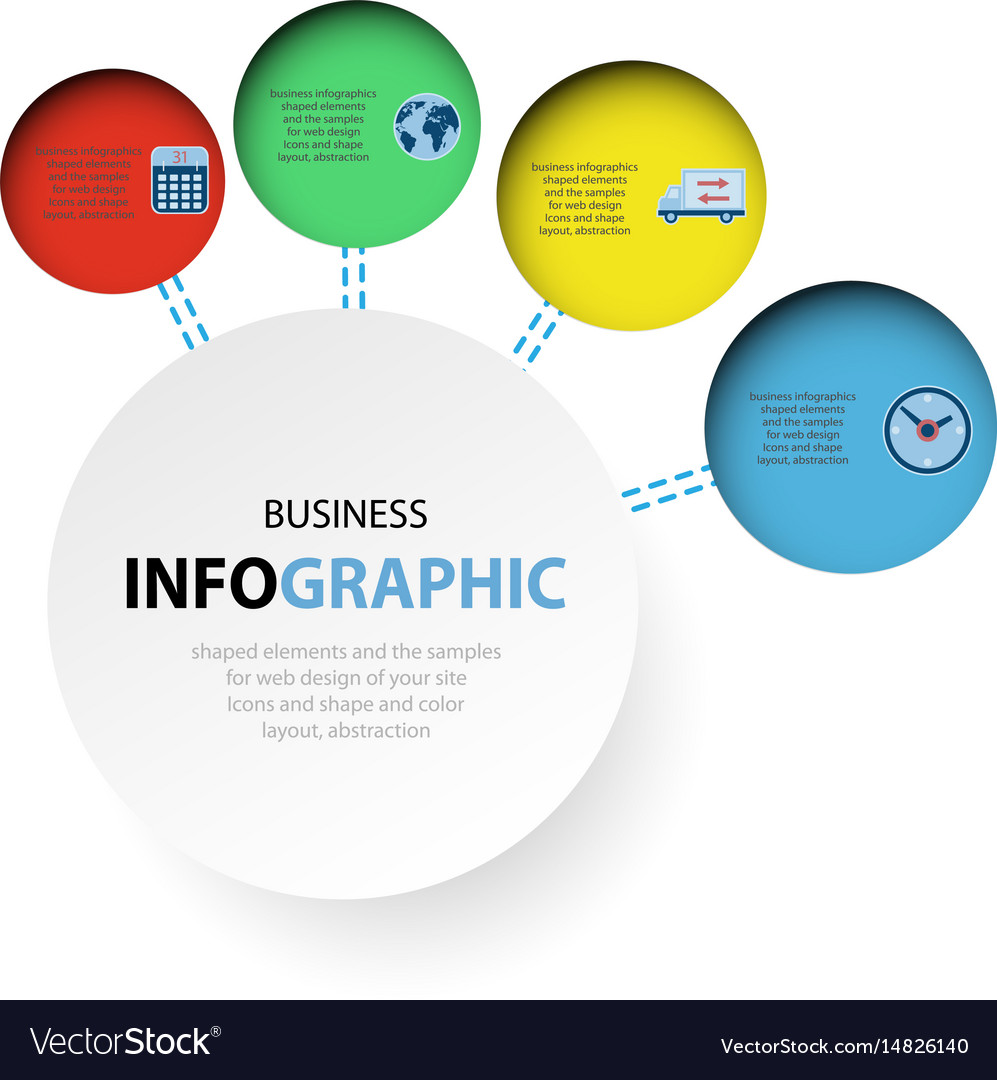Interested In Discovering Just How Website Style Has Changed Throughout The Years? Check Out The Development From Fundamental, Simple Styles To User-Centered Strategies That Focus On The Needs And Preferences Of On The Internet Site Visitors
Interested In Discovering Just How Website Style Has Changed Throughout The Years? Check Out The Development From Fundamental, Simple Styles To User-Centered Strategies That Focus On The Needs And Preferences Of On The Internet Site Visitors
Blog Article
Web Content Author-Asmussen Vinson
In the past, internet sites were straightforward and concentrated on information. Navigation was direct, and layout was for desktops. Now, user experience is crucial. Data overviews styles for simple navigation. Responsive layouts suit various gadgets. Today, dark mode lowers pressure, and minimal food selections enhance navigating. Interactive functions involve customers, and strong visuals attract attention. AI assimilation increases interaction. See just how style has progressed to enhance your on-line trip.
Very Early Days of Web Design
In the early days of website design, simpleness preponderated. Internet sites were fundamental, with minimal shades, font styles, and layouts. The focus got on giving details instead of flashy visuals. Users accessed the web through sluggish dial-up connections, so speed and performance were key.
Navigation menus were straightforward, generally located on top or side of the web page. Internet sites were developed for home computer, as mobile browsing wasn't yet prevalent. Web content was king, and developers prioritized very easy readability over complicated layout elements.
HTML was the key coding language used, and developers had to function within its constraints. boost local seo and interactive attributes were marginal contrasted to today's requirements. Sites were static, with little dynamic content or individualized user experiences.
Surge of User-Focused Design
With the development of internet site layout, a shift towards user-focused style concepts has come to be progressively famous. Today, creating websites that focus on customer experience is crucial for involving site visitors and achieving service objectives. User-focused layout includes understanding the requirements, choices, and actions of your target market to tailor the website's layout, web content, and includes as necessary.
Developers currently perform comprehensive research, such as user studies and functionality screening, to gather understandings and feedback directly from individuals. This data-driven technique assists in developing instinctive navigating, clear calls-to-action, and visually enticing interfaces that reverberate with site visitors. By placing https://yoastseoplugins30517.creacionblog.com/29747943/by-comprehending-the-differences-in-between-these-two-search-engine-optimization-techniques-organizations-can-create-an-extra-reliable-internet-marketing-plan-that-drives-both-local-and-organic-traffic-to-their-internet-site at the center of the design process, sites can provide a more personalized and delightful experience.
Receptive design has actually additionally emerged as an essential aspect of user-focused layout, making sure that sites are optimized for numerous gadgets and screen sizes. This adaptability improves access and use, accommodating the diverse ways individuals engage with sites today. Essentially, the rise of user-focused design represents a change in the direction of developing digital experiences that focus on the demands and expectations of the end individual.
Modern Trends in Website Design
Explore the latest patterns forming website design today. One popular trend is dark mode design, using a sleek and contemporary appearance while lowering eye strain in low-light environments. An additional essential trend is minimalist navigating, streamlining menus and enhancing individual experience by focusing on essential elements. Including micro-interactions, such as animated switches or scrolling effects, can create an extra engaging and interactive website. Responsive layout stays critical, ensuring smooth customer experiences across different gadgets. Furthermore, utilizing vibrant typography and unbalanced formats can include visual interest and draw attention to certain web content.
Incorporating AI innovation, like chatbots for client support or tailored recommendations, boosts individual involvement and enhances procedures. Accessibility has also come to be a significant pattern, with developers prioritizing inclusive layout practices to satisfy varied individual needs. Embracing sustainability by maximizing website efficiency for rate and efficiency is another emerging trend in web design. Collaborating with customer feedback and data analytics to repeat and boost design constantly is vital for remaining appropriate in the ever-evolving digital landscape. By welcoming these contemporary trends, you can produce a visually attractive, straightforward website that resonates with your target market.
Verdict
As you assess the development of internet site design from the early days to currently, you can see how user-focused design has actually ended up being the driving pressure behind modern-day fads.
Accept the journey of change and adaptation in web design, constantly keeping the user experience at the forefront.
Stay present with the current patterns and modern technologies, and never quit progressing your strategy to develop aesthetically stunning and easy to use internet sites.
Develop, adjust, and develop - the future of web design is in your hands.
